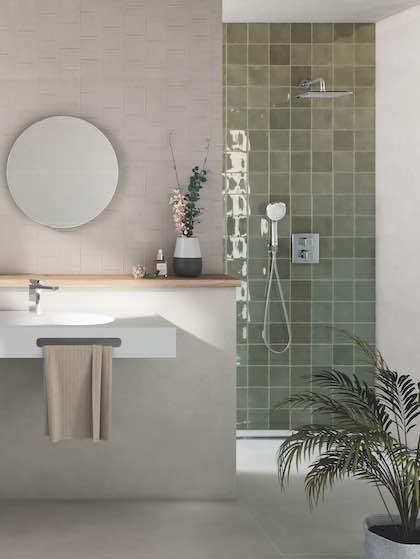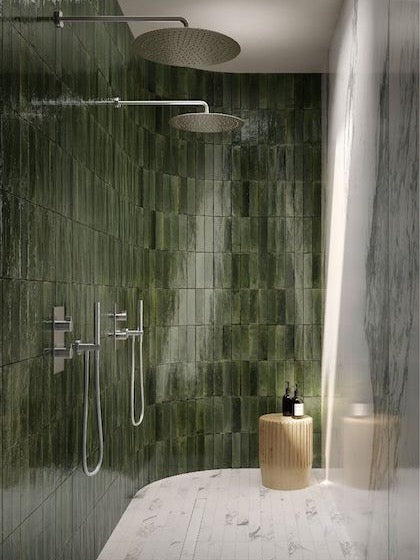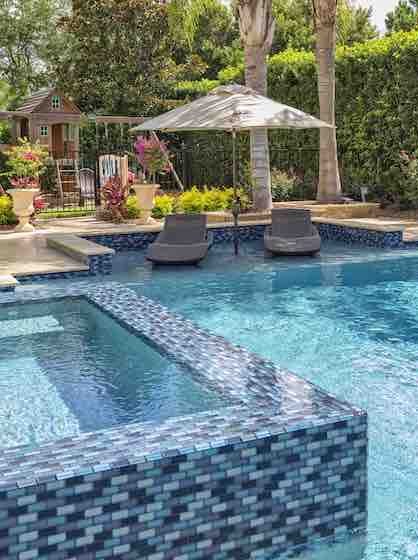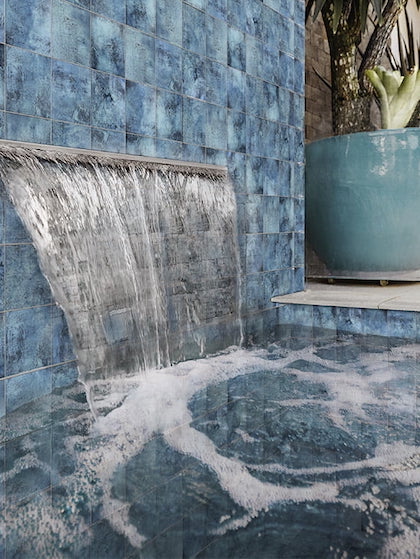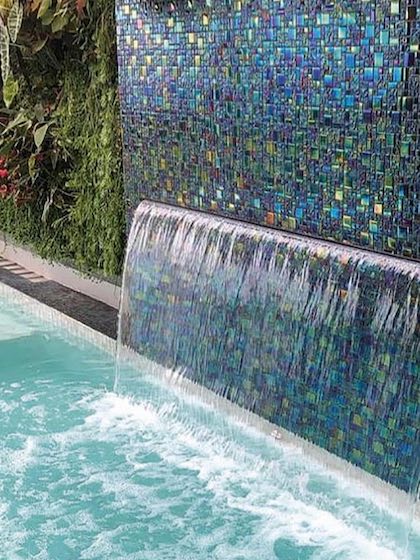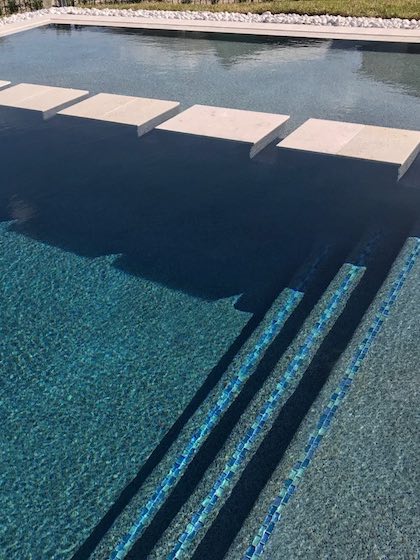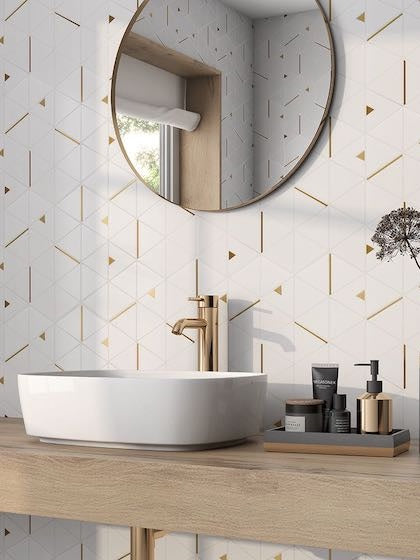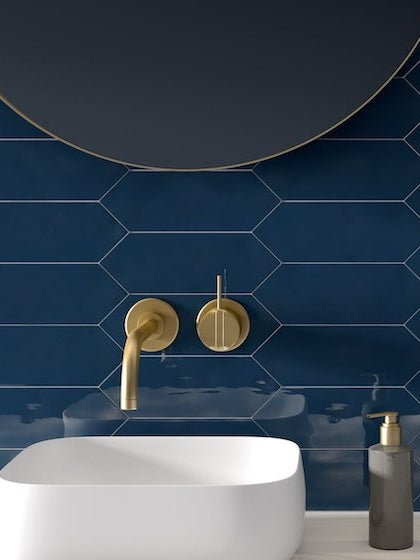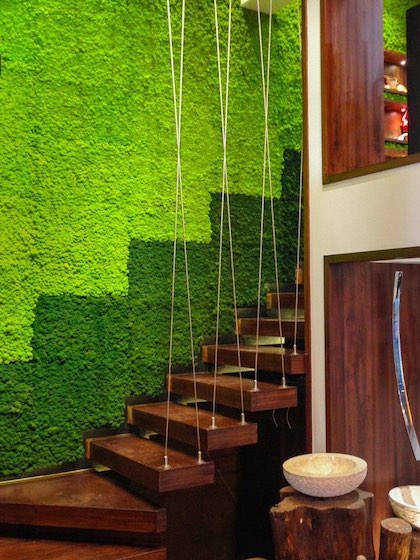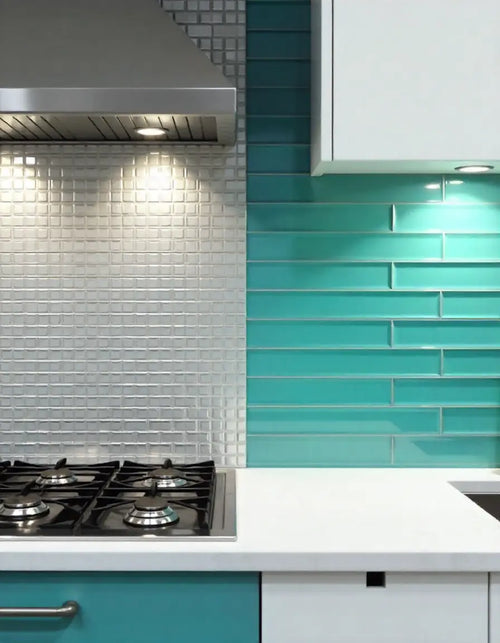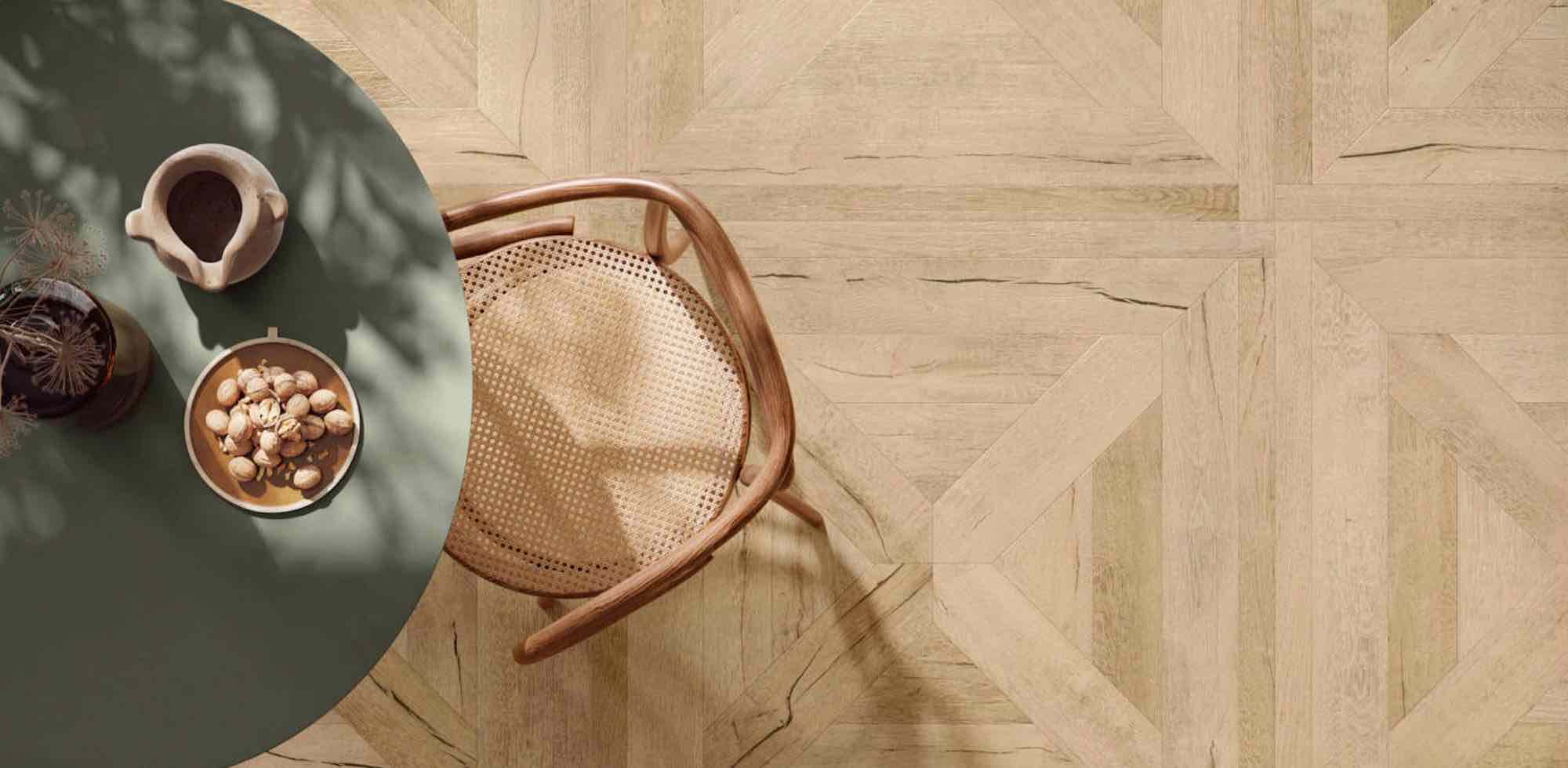Key Highlights
- Distressed tile flooring combines rustic charm with durable, low-maintenance materials ideal for high-traffic areas.
- These tiles hide wear and tear naturally, offer a timeless aesthetic, and can complement both traditional and modern interiors.
- While installation and cleaning may require extra care, distressed tiles provide long-lasting style and can enhance home value.
What Is Distressed Tile Flooring?

Distressed tile flooring is designed to replicate the natural imperfections of aged wood, natural stone, or ceramic. The surface often includes subtle dents, grooves, or texturing, giving a vintage, handcrafted appearance. Unlike standard tiles, distressed tiles embrace irregularities, which adds character and warmth to any room.
- Common materials: Porcelain, ceramic, and natural stone
- Typical applications: Kitchens, living rooms, hallways, and commercial spaces
Pros of Distressed Tile Flooring
Timeless Rustic Aesthetic
Distressed tiles offer a warm, vintage charm that enhances both traditional and modern interiors. They create a cozy, inviting ambiance that standard tiles can’t replicate.
Hides Wear and Tear Better
The textured, imperfect surface naturally camouflages scratches, dents, and stains, making it ideal for high-traffic areas.
Low Maintenance Compared to Natural Wood
Unlike hardwood, distressed tiles don’t require polishing or refinishing, yet they provide the same rustic appeal.
Durable and Long-Lasting
High-quality distressed tiles are made from porcelain or ceramic, which resist moisture, scratches, and heavy foot traffic.
Cons of Distressed Tile Flooring
It Can Be Harder to Clean
The textured surface may trap dirt or debris, requiring more careful cleaning than smooth tiles.
Limited Modern / Sleek Style Options
If your design leans toward ultra-modern minimalism, distressed tiles may not complement the sleek aesthetic.
May Require Professional Installation
Uneven textures sometimes need special adhesives or professional installation to ensure proper adhesion and durability.
Potential Higher Cost
Premium distressed tiles can be more expensive than standard tiles, though their longevity often offsets the initial investment.
Discover Distressed Subway Tile Ideas for Small Kitchen
Which Are the Best Distressed Tiles for Flooring?
Porcelain Distressed Tiles

Distressed Porcelain Tiles are extremely durable and highly resistant to water, making them ideal for pool and wet areas like the one shown. Their hard-wearing porcelain structure is resistant to scratches and fading, even in direct sunlight. The glossy aqua finish and distressed Zellij aesthetic provide a beautiful, handcrafted look for homeowners seeking a long-lasting, low-maintenance, and stunning wet-area tile solution.
Shop Zellij Distressed Porcelain Tile Aqua
Distressed Subway Tiles

Distressed Subway Tiles are a versatile and affordable ceramic option, perfect for achieving a rustic or vintage wall aesthetic. Available in various colors and finishes, they suit moderate-use areas like backsplashes. For example, the Magnolia Distressed Subway Tile offers a creamy beige hue, allowing for beautiful, creative designs with the appealing, artisanal look of aged tile at a low cost.
Shop Magnolia Distressed Subway Tiles
Beige Distressed Tile

Distressed Tile Beige provides a luxurious, timeless, and organically textured appearance for floors or walls, offering low-maintenance compared to natural stone. For unique designs, the Storie Distressed Tile Beige deco eye option is available, bringing bespoke patterns and visual depth to any installation.
Shop Storie Distressed Tile Beige Deco Eye
Storie Distressed Tiles
Storie Distressed Tiles are handcrafted tiles with intentional imperfections and unique texture, perfect for statement flooring or wall accents. The Storie Distressed Tile Glossy White option offers a bright, reflective finish while retaining the charming, aged look of a handmade product.
Shop Storie Distressed Tile Glossy White
How to Decide If Distressed Tile Flooring Is Right for You
- Match With Interior Style: Distressed tiles pair beautifully with rustic, farmhouse, industrial, and vintage interiors.
- Consider Room Usage: High-traffic areas benefit from textured tiles, but smoother alternatives may suit small or formal rooms.
- Budget & Maintenance: Factor in installation costs, long-term maintenance, and your willingness to clean textured surfaces. To explore installation, maintenance, and design considerations, read our detailed resource: a complete guide to choosing between distressed tiles and subway tiles.
Tips for Maintaining Distressed Tile Flooring
- Sweep or vacuum regularly to prevent debris from scratching textured surfaces.
- Use a mild, non-abrasive cleaner for everyday cleaning.
- Protect floors from heavy furniture using pads or rugs.
- Check grout lines periodically and reseal if necessary to prevent stains.
Explore Bathroom Floor Tile Ideas for a Stylish Upgrade
Conclusion
Distressed tile flooring offers a unique blend of rustic charm, durability, and practical performance, making it a standout choice for kitchens, hallways, living rooms, and even commercial spaces. Its textured surface naturally hides wear and tear, while high-quality porcelain tiles or ceramic tiles ensure long-lasting beauty with minimal maintenance.
However, it’s important to weigh considerations such as cleaning effort, installation requirements, and style compatibility with your home. By understanding the pros and cons, matching tiles to your interior design, and following proper maintenance practices, you can enjoy a stunning, functional floor that elevates your space and adds value to your home.

